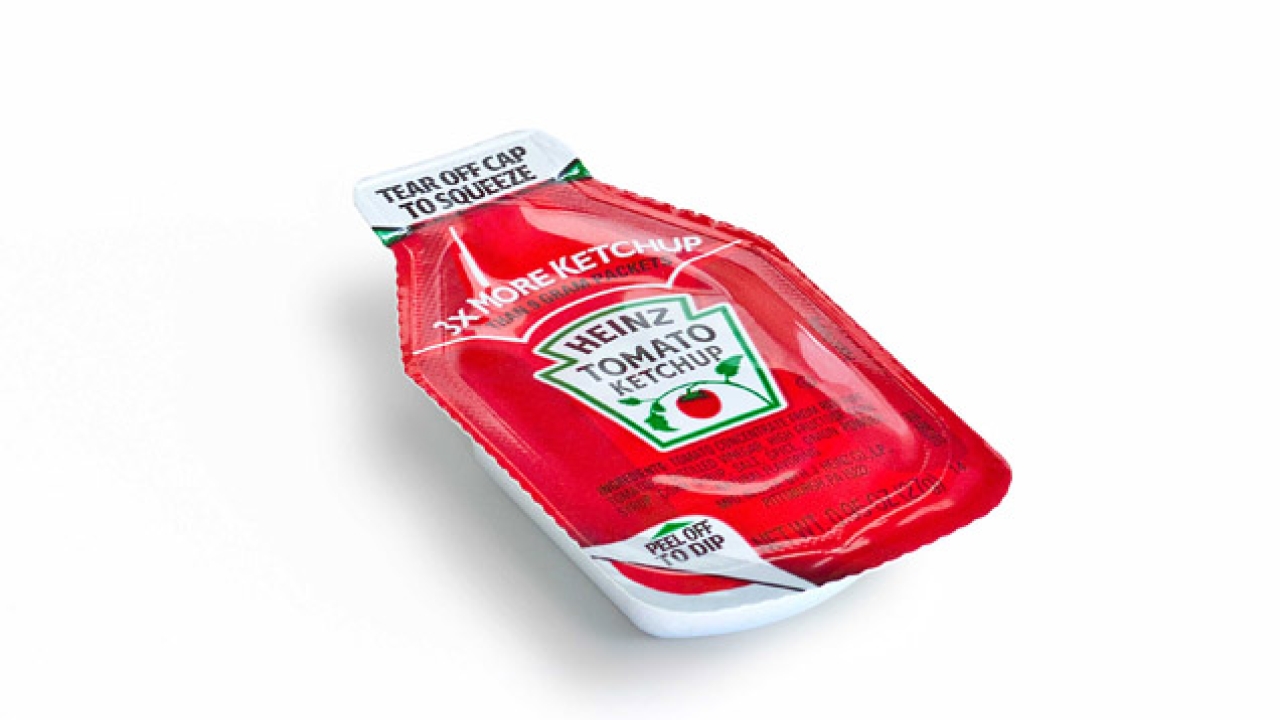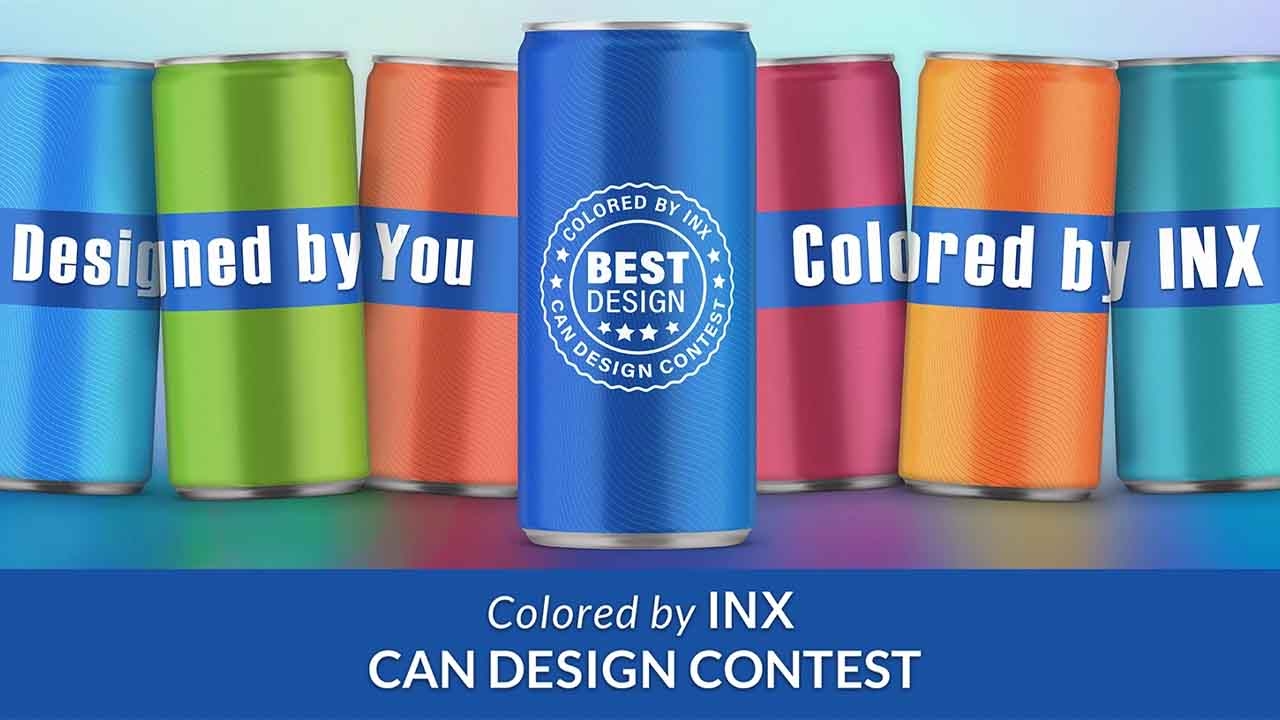Consumer insights drive 2013 packaging trends

Steve Callahan, president of Perimeter Brand Packaging, talks about four packaging mega-trends that will strike in 2013
As the consumer product goods (CPG) industry evolves, label printers and converters need to look beyond the customer purchase order and adopt a consumer validation mentality.
R&D traditionally focuses on the engineering and technology versus human perception. If a product label is truly the ultimate billboard, the industry needs to understand how their business serves the end-user: the consumer. The end result will be an informed dialogue with brand owners and purchasing departments that present both technical feasibility and consumer utility.
Recent research revealed that over a five-year period, less than one percent of products launched are considered “innovative”. Many new product launches are simply line extensions or slight improvements to the product.
True product breakthroughs have one consistent theme – engaging early on with consumers to understand their insights and pain points. Discovering how consumers interact with a package’s structure and label is a critical step in launching truly innovative and successfully accepted products.
In 2013, expect to see the following trends that are relevant to the label industry:
• On-the-go products
• Out-to-share solutions
• Speed to volume manufacturing
• Multi-purpose packaging
On the go
We live in a mobile society. With the average American adult spending 2.5 hours in their car every day, people call cars their second home. And when people aren’t running errands around town, they are traveling across the country. About 1.7 million people get on an airplane every day.
As a result, CPG companies are racing to provide consumers with miniature, travel-friendly versions of all their favorite products to take the comforts of home with them on the road. CPGs are already taking note of this trend and are taking it one step further as many products have been designed to conveniently fit inside car cup holders.
Everything from Puff’s tissues to Oreo cookies are now easily-accessible and only an arm’s reach away. For long-distance travels, grocery stores now devote an entire aisle to travel-size items – dominantly personal care products like shampoo, soap and shaving cream to allow passengers to abide by the 3oz or less policy instated by the United States Transportation Security Association (TSA).
In 2013, expect the trend to grow beyond the personal care industry. Food and beverage brands have already taken notice with breakthrough products like Kraft’s MiO in 2011, a liquid water enhancer, which Kraft claims is the first new category launch for the company in 15 years. Already MiO holds 12.28 percent share in the fruit-drink mix category according to AdAge.
With sweeteners rapidly replacing traditional white sugar, Splenda released a new Splenda Minis product. Splenda Minis are dissolvable tablets that come in a protective case, providing Splenda-lovers with an easy click-button solution to fix their sweet tooth while they are on the run.
The on-the-go trend is not only convenient for consumers, but also a win for CPGs, as the product can be sold in an entirely new storefront space or as on-pack bonuses or trial-versions packaged with full-size products consumers normally purchase. These bite-size solutions provide incremental revenue streams at king-size margins and open up new retail opportunities, such as vending and convenience stores.
As converters commit to consumer validation in 2013, it’s important to understand the labeling opportunities and challenges. Do consumers prefer subtle branding since they are often used in public? Consider the refill implications for consumer usability and whether a potential solution can hold up to wear and tear – in terms of adhesive and graphics.
Out-to-share
Consumers are increasingly choosing to make their experiences a shared one with friends, family and co-workers. This desire to share is translating over into the packaging world with solutions that move seamlessly from the store shelf to at-home use. In 2013 we will be seeing many more packaging solutions that encourage community consumption, and can be served directly from the original package.
Some of these solutions will be focused on party-like settings, like Frito Lay’s for Stacy’s Pita Chips. In 2012 the company released a new package for this upscale product that added a flat bottom and re-sealable zipper to the traditional chip-bag style pouch. The new design turned the former stock-like package into a party bowl.
Perimeter Brand Packaging studied this “sharing” consumer behavior and created a new solution called Handout, a product designed to increase on-shelf visibility and consumption of products like candy. The Perimeter consumer insights team conducted a study of 1,000 consumers to understand the impact of the packaging on purchase intent and at-home usage, and found that consumers expected to consume up to 89 percent more from the out-to-share style package than the traditional bagged candy. Consumers said they liked that the container could serve as a candy bowl, at home or at the workplace, where they liked the idea of leaving it out on their desk to share with co-workers.
The research also revealed that the full-color in-mold labeling (IML) graphics significantly increased the product brand recognition and created a premium appeal for the product. The full-color IML graphics not only allow for strong brand reinforcement, but also appealing seasonal patterns.
Popcorn may be the quintessential out-to-share food product. Appropriately, Orville Redenbacher released a similar bowl concept in 2012 for its popular microwave popcorn line Pop Up Bowl. To avoid a mess and the need for a secondary bowl, the new microwave packaging expands to form a bowl with a tear-off lid, allowing consumers to fight for the last few buttery pieces directly from the original package. The new open-top also resolved the consumer pain point of getting their hands messy while reaching into the buttery container. The product earned the 2012 Product of the Year award in the snacks category from the Consumer Survey of Product Innovation.
The out-to-share trend is a big opportunity for the label industry. Products that were traditionally being thrown away or stored in the pantry are becoming staples in the kitchen or other frequently seen locations, lending to more opportunity to effectively interact with consumers throughout their consumption experience.
Speed to volume
Just as the fashion industry now addresses the trend of seasonality almost monthly, CPG companies are under pressure to appeal more frequently and with innovation. Open innovation has flooded the industry with new ideas, all hoping to reach the desks of key decision makers in the largest CPG companies. However, the products that move from concept to execution are those that are able to engage not only in one stage, but rather throughout the development, production and launch phases of a product lifecycle.
Perimeter Brand Packaging works closely with partners like Inland Label, a label printer and global supplier based in La Crosse, Wisconsin, who share a “speed to volume” philosophy. It’s imperative to leverage research to validate consumer insight recommendations to increase market-ready capabilities. This can save money for all parties in the value chain.
Multi-purpose packaging
Product innovation will be a key driver of growth in 2013. Labels and packaging can drive innovation by expanding purpose by becoming a functional aspect of a product. Inland Label’s development of the Coors Light color-changing label is an example of creating an interactive label. Color changing inks printed on the iconic Rocky Mountains on the label indicate when the beer is at ideal drinking temperature. The label creatively both educates and empowers the consumer to have a more enjoyable experience.
‘What started out as a promotion turned into an innovation that completely revolutionized the Coors Light brand,’ says Jackie Kuehlmann, marketing manager at Inland Label.
‘Inland continues to work with the Coors Light brand team to evolve the technology, which has allowed the brewer to keep their package fresh and maintain brand growth.’
In late 2011, global brand Heinz launched the Dip & Squeeze ketchup package, which gained a lot of media attention. The new product provides consumers with two ways to access the condiment – it peels back for dunking or the end can be torn off for squeezing the product on to food. In 2011 the product won the silver award from the DuPont Awards for Packaging Innovation for “capturing the spirit of innovation to resolve consumer challenges”.
‘Dip & Squeeze marks the most significant packaging innovation for the ketchup packet in more than 42 years, revolutionizing the way consumers enjoy Heinz ketchup,’ says Michael Okoroafor, vice president Heinz Packaging Research & Development. In a similar fashion, Perimeter Brand Packaging has developed a product that can “kill two birds with one stone”, if you will.
Freehand is a device that is designed to show a measurement of how much liquid is poured while dispensing, eliminating the need for a measuring cup and increasing consumer interactivity.
In each case, the core product sold did not change. It was the package functionality, renewed, driven by consumer insights.
Studying consumer culture will always reveal packaging trends and labeling needs for the future. In 2013 the labeling industry must focus on consumer insights to understand how ever-evolving behaviors will impact the labeling world. As converters look ahead to 2013, challenge teams to consider how labeling solutions can support innovation. Commit to driving innovation through material selection or design application. And, most importantly, to realize success in 2013, validate your innovation with consumers before you present them to your customers.
This article first appeared in the Labels & Labeling Yearbook 2013
Stay up to date
Subscribe to the free Label News newsletter and receive the latest content every week. We'll never share your email address.

